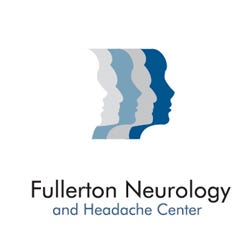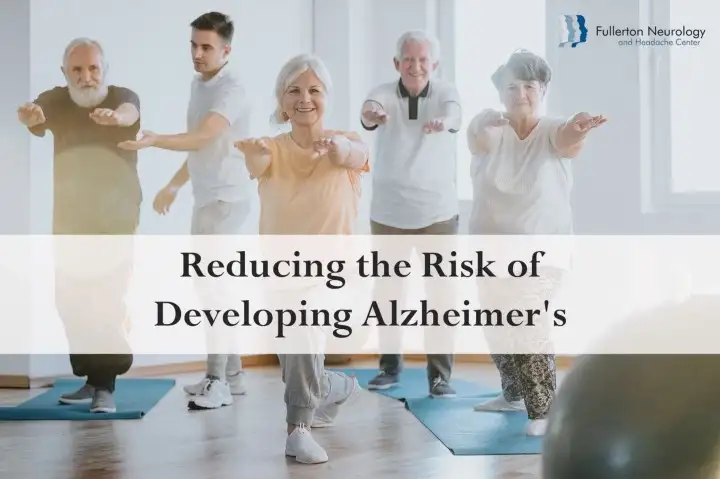Genetic predispositions are clearly “non-modifiable.”
Protective factors:
1. Length of childhood education (too late for most of you).
2. Avoiding severe weight loss in late life.
3. Maintaining cognitive activities.
4. Mid-life and late-life exercising.
5. Treatment with combination of folic acid and vitamins B-6 and B-12 in late life (to reduce elevated homocysteine).
Negative prognostic factors:
1. Diabetes.
2. Hypertension in mid-life.
3. Obesity in mid-life.
4. Orthostatic hypotension (BP falls with standing).
5. Head trauma
6. Stress and depression
7. Coronary artery bypass surgery.
Uncertain negative factors:
1. Obstructive sleep apnea.
2. Prior infection with herpesvirus 1 and 2 or varicella-zoster virus (anti-viral therapies are unproven so far).
See the chapter in Dementia, Continuum Journal, June 2022.
For more information, please visit our center’s website or call us at (714) 738–0800



Leave a Reply